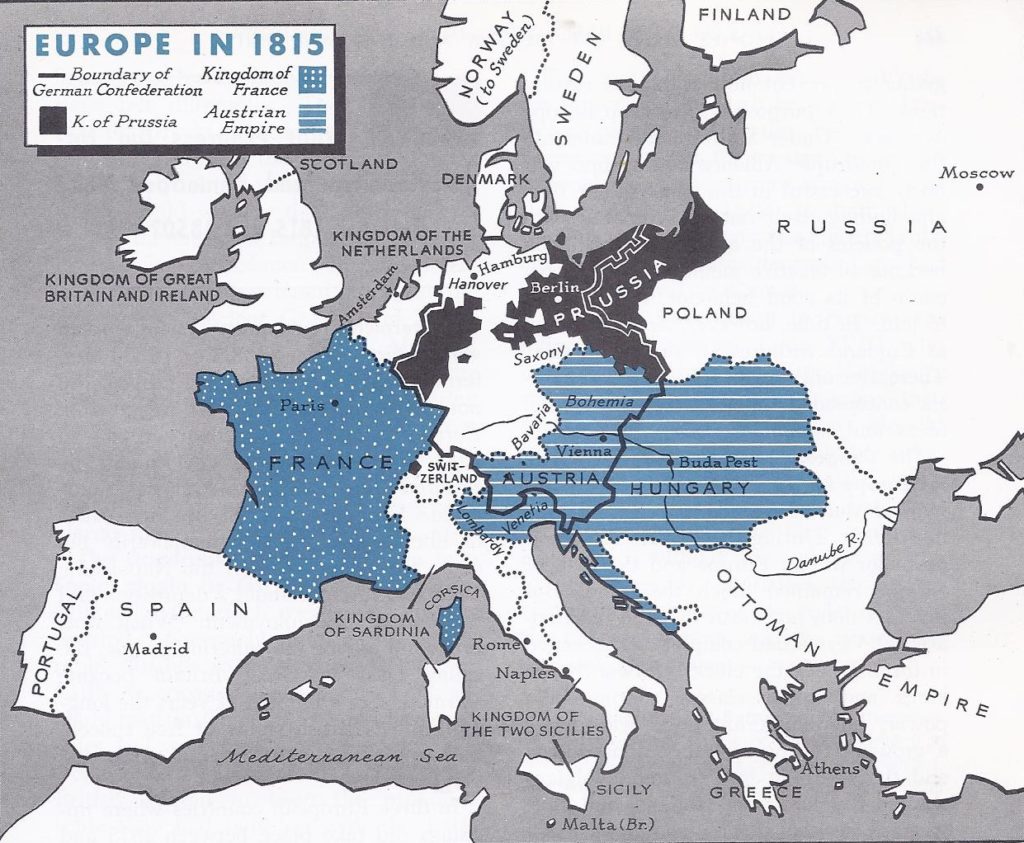Neither the Conservatives nor the Labourites were able to carry out their full platforms. The Conservatives were frustrated by the refusal of the Commonwealth countries to go any further than to accept certain limited imperial preferences.
Labour came to power for two brief spans— for ten months in 1924 with Ramsay MacDonald (1866-1937), an intellectual and pacifist, as prime minister, and again from 1928 to 1931. In both instances, although Labour won more seats in the Commons than any other party, it did not have an absolute majority. These Labour governments, obliged to rely on the Liberals for parliamentary support, were still too shaky to introduce measures as controversial as the nationalization of any industry.
For a few weeks in 1926 some 2.5 million trade union members attempted a general strike to support coal miners, who were striking to protest a cut in their wages. The general strike failed, but its brief course revealed fundamental British attitudes. Thousands of people from the middle and upper classes volunteered to keep essential services operating when a state of emergency was declared.
Both sides remained calm and moderate, with neither side seeking all-out victory in a class war. When the general strike was called off, the miners eventually had to return to the pits on the owners’ terms. In 1927 a Trade Disputes and Trade Union Act made all sympathetic strikes or strikes against the government illegal.
Meanwhile, two more steps were taken toward the political democratization of Britain that had begun in 1832. In 1918, in preparation for the election, the government had put through a reform bill that eliminated all the old exceptions to universal male suffrage and gave the vote to all males over twenty-one.
Culminating a long and spectacular campaign by suffragists who had gone to jail for women’s rights, the bill also gave the vote to women. But it set the voting age for women at thirty years, thus ensuring that there would be more male than female voters. The distinction was too unsound to last, especially after experience demonstrated that women divided politically about the way men did. In 1928 a new bill gave women the vote at twenty-one.
Although signs of economic ill health persisted, Britain recovered somewhat in the late 1920s. But then came the Great Depression. Britain, already weakened, was one of the first nations to suffer; in eighteen months the number of unemployed jumped from slightly more than 1 million to 2.5 million. Faced by a serious government deficit and unwilling to meet it by cutting social services, the second Labour government of Ramsay MacDonald resigned in August 1931.
It gave way to a coalition of Conservatives, Liberals, and right-wing Labourites—headed by MacDonald. Many Labourites were dismayed by what seemed to them MacDonald’s surrender to the forces of capitalism, and the deep split within the party crippled its effectiveness throughout the 1930s. The “national government,” as the coalition cabinet was called, reduced social services.
Late in 1931, it took the decisive step of going off the gold standard and letting the pound fall in value. In 1932 it made the first firm move away from free trade by enacting protective tariffs, and it also ceased to pay its war debts to the United States. These measures did little to help the unemployed or get at the roots of British economic troubles. Nevertheless, partly because of Labour’s disarray, two general elections, in October 1931 and in June 1935, returned a majority supporting the national government.
The coalition government was dominated by Conservatives, and after the 1935 election the Conservative leader, Stanley Baldwin, became prime minister. Gradually the British economy pulled out of the worst of the depression, and Baldwin was able to balance the budget. In 1936, however, the great issue confronting Baldwin’s cabinet was neither social nor economic but constitutional, as the cabinet forced the abdication of King Edward VIII (1894-1972) in the same year as his accession to the throne.
Edward had fallen in love with an American divorcee and wanted to marry her. The royal family, the cabinet, and most of the British people opposed him, and he abdicated; he was succeeded by his brother, who became King George VI (r. 1936-1952).

